Plastic wrap, also known as cling film, food wrap, or Saran wrap, has become an indispensable tool in modern kitchens worldwide. Its ability to seal in freshness, prevent spoilage, and protect food from external contaminants has revolutionized food storage practices. This article explores the history, composition, applications, and environmental implications of plastic wrap, shedding light on why this humble household item remains a staple in contemporary life.
A Brief History of Plastic Wrap
The story of plastic wrap begins in the mid-20th century, a period marked by rapid advancements in polymer science. In 1933, Ralph Wiley, a lab technician at Dow Chemical Company, accidentally discovered polyvinyl chloride (PVC) while attempting to develop a new dry-cleaning product. Though initially stiff and brittle, PVC was later modified with plasticizers to create a flexible, transparent film. This innovation, trademarked as “Saran Wrap” in 1953, quickly gained popularity for its ability to cling to surfaces and create an airtight seal.
Early plastic wraps faced criticism due to the use of phthalates—chemicals added to enhance flexibility. Concerns over potential health risks led manufacturers to phase out phthalates in the 1980s, replacing them with safer alternatives like adipates and citrates. Simultaneously, low-density polyethylene (LDPE) emerged as a competing material, offering a plasticizer-free option that prioritized safety without sacrificing performance. Today, plastic wrap is available in various formulations, each tailored to specific needs, from microwave-safe variants to eco-friendly biodegradable options.
Composition and Types of Plastic Wrap
Plastic wrap is typically manufactured using one of three primary materials: PVC, LDPE, or polyvinylidene chloride (PVDC). Each type offers distinct advantages and trade-offs.

-
PVC (Polyvinyl Chloride) Wrap:
PVC was the first material widely used for plastic wrap. Its inherent stickiness allows it to cling to containers and food surfaces effectively. However, PVC requires plasticizers to maintain flexibility, which can migrate into fatty or oily foods. Modern PVC wraps now use non-toxic plasticizers, but environmental concerns persist due to challenges in recycling and potential chlorine byproducts during production. -
LDPE (Low-Density Polyethylene) Wrap:
LDPE, a thermoplastic made from petroleum, is celebrated for its safety and versatility. It lacks the clinginess of PVC but compensates with a stretchable texture and resistance to moisture. LDPE wraps are often microwave-safe and free from harmful additives, making them a preferred choice for health-conscious consumers. -
PVDC (Polyvinylidene Chloride) Wrap:
PVDC, such as the brand “Saran Premium,” is engineered for superior barrier properties. It resists oils, moisture, and odors exceptionally well, making it ideal for wrapping cheeses, meats, and fatty foods. While PVDC is stable and less prone to chemical leaching, its production involves complex processes that raise environmental questions.
The Science Behind Clinginess
The “cling” effect of plastic wrap arises from electrostatic forces and mechanical adhesion. When stretched over a surface, the wrap conforms to microscopic irregularities, creating a vacuum-like seal. Additionally, certain formulations incorporate additives that generate static electricity, enhancing grip. For example, PVDC’s molecular structure includes chlorine atoms that repel water, amplifying its ability to adhere to dry surfaces.
Key Benefits of Plastic Wrap
-
Food Preservation:
By limiting exposure to oxygen and moisture, plastic wrap extends the shelf life of perishable items. It prevents freezer burn, maintains texture, and retains flavors in meats, vegetables, and baked goods. -
Hygiene and Safety:
Plastic wrap acts as a physical barrier against bacteria, dust, and pests. Its transparent nature allows users to inspect food without unwrapping it, reducing cross-contamination risks. -
Convenience and Cost-Efficiency:
Lightweight and easy to handle, plastic wrap streamlines meal preparation and leftovers storage. Its affordability compared to reusable containers makes it accessible for budget-conscious households. -
Multi-Purpose Utility:
Beyond food, plastic wrap protects fragile items during shipping, shields electronics from moisture, and even aids in DIY projects like painting or crafting.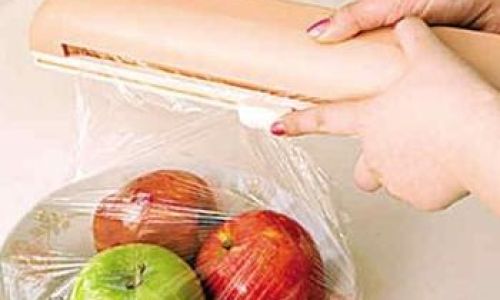
Environmental Concerns and Sustainable Alternatives
Despite its benefits, plastic wrap contributes to global plastic pollution. Single-use plastics account for 40% of all plastic waste, with cling film taking centuries to decompose. Recycling rates remain low due to contamination and lightweight materials clogging machinery.
In response, manufacturers are exploring eco-friendly alternatives:
- Biodegradable Wraps: Made from plant-based polymers like cornstarch, these wraps decompose within months under industrial composting conditions.
- Reusable Options: Silicone lids, beeswax-coated fabric, and glass containers offer durable, washable alternatives.
- Recycling Initiatives: Some brands now use recycled LDPE or partner with recycling facilities to process used wrap.
Consumers can reduce their footprint by opting for reusable containers, minimizing waste, and supporting brands committed to sustainability.
Creative Applications Beyond the Kitchen
Plastic wrap’s adaptability extends far beyond food storage:
- Marinating Meat: Coating meat in plastic wrap before refrigeration intensifies flavors by trapping marinades.
- Art and Crafts: Artists use stretchable wrap to create textures or protect surfaces during painting.
- Travel Hacks: Wrapping toiletries in plastic wrap prevents leaks in luggage.
- Gardening: Covering plants with wrap can protect them from frost or pests.
Proper Usage and Safety Tips
- Avoid High Heat: Never use plastic wrap in ovens or toasters, as it may melt or release fumes.
- Microwave Guidelines: Use microwave-safe wraps and avoid direct contact with fatty foods during heating.
- Storage: Keep wraps in cool, dry places to prevent brittleness.
- Disposal: Recycle if possible; otherwise, dispose of in trash bins to prevent littering.
Innovations Shaping the Future
The quest for greener solutions drives ongoing research into plastic wrap alternatives. Scientists are experimenting with:
- Edible Films: Made from proteins or starches, these wraps dissolve safely in water.
- Smart Packaging: Embedding sensors to monitor freshness or temperature.
- Algae-Based Bioplastics: Harnessing renewable resources to create compostable wraps.
Conclusion
Plastic wrap’s journey from a laboratory accident to a kitchen essential reflects humanity’s ingenuity in addressing everyday challenges. While its environmental impact demands urgent attention, innovations in material science and consumer behavior offer hope for a sustainable future. By balancing convenience with responsibility, we can continue to enjoy the benefits of plastic wrap while minimizing its ecological footprint. Whether preserving a leftover meal or protecting a cherished possession, this versatile invention remains a testament to the intersection of science and daily life.
As we move forward, the evolution of plastic wrap will likely mirror broader societal shifts toward sustainability, proving that even the simplest tools can adapt to meet the demands of a changing world.
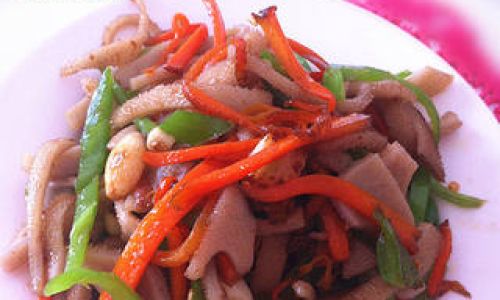
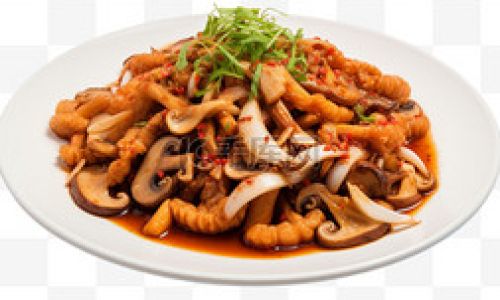
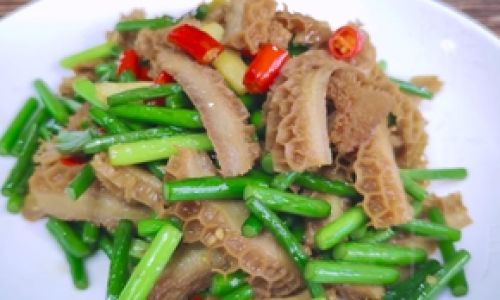
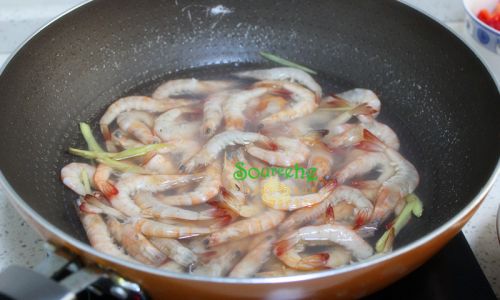
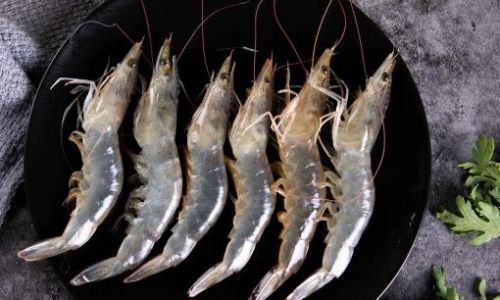
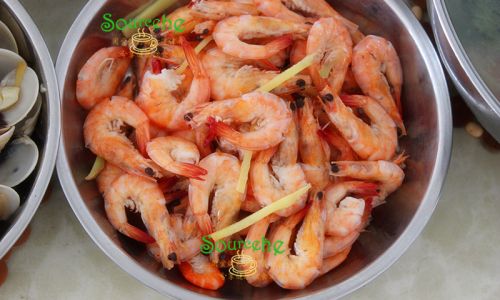
0 comments